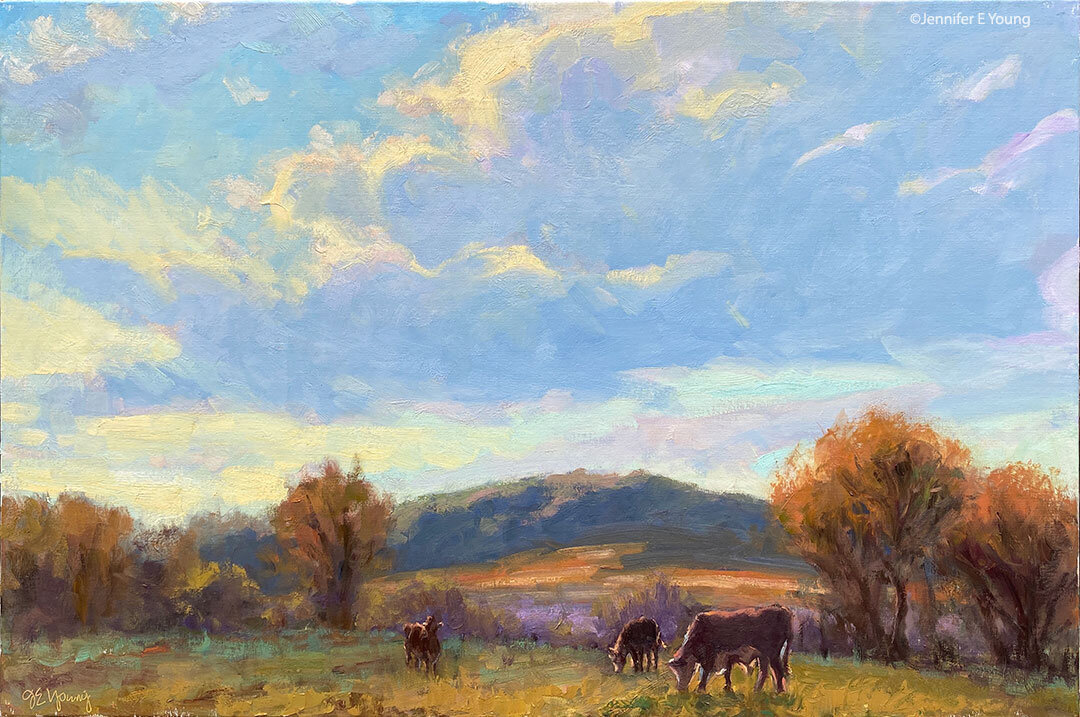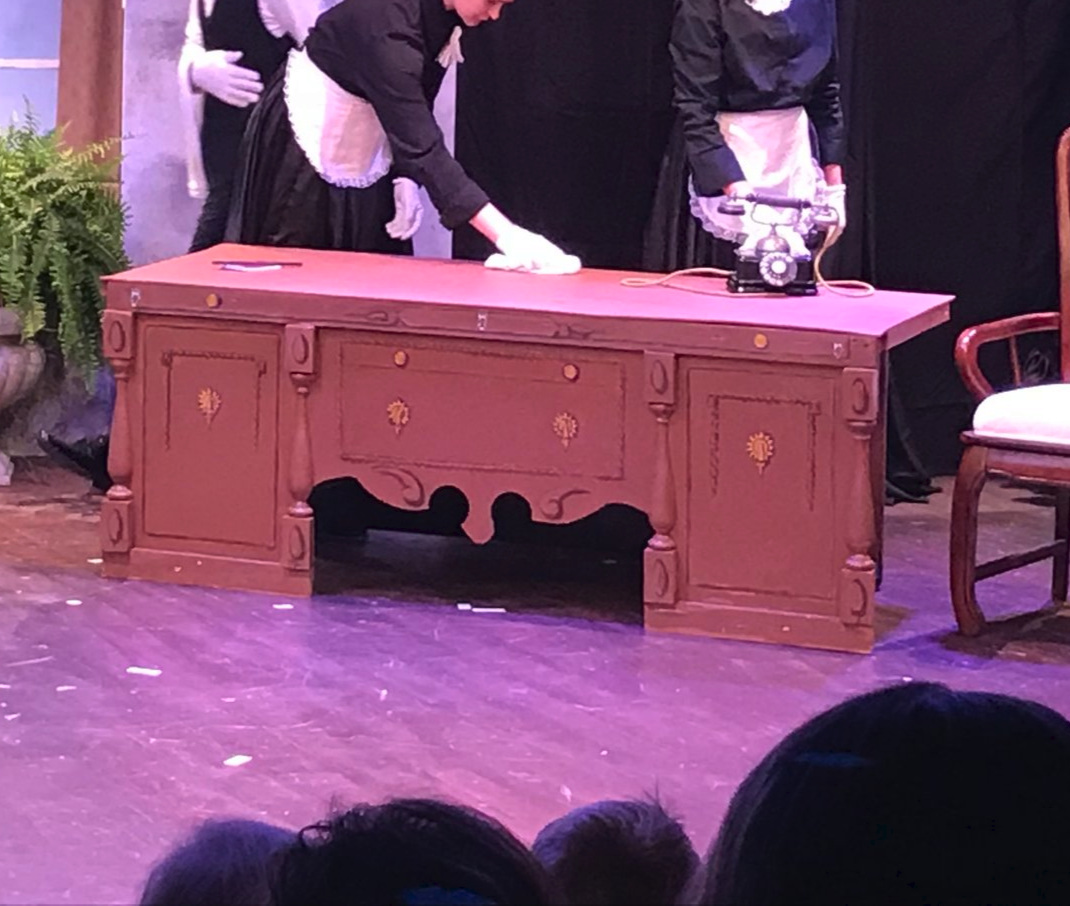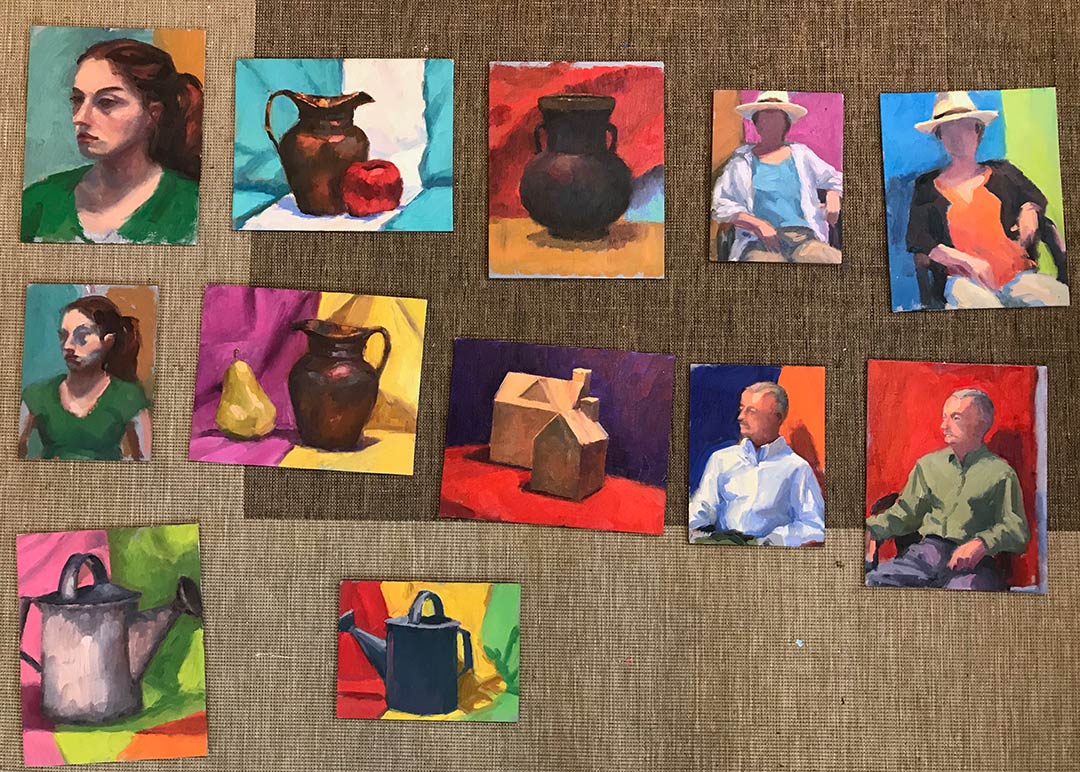From figures to landscapes (and back again?)
/From time to time I receive wonderful messages from students who have chosen my work as a focus for their school projects. Here is a recent message I received. My answer follows: I wanted to ask if you could tell me about yourself and your paintings. I am studying A-levels and I am doing a critical study on you. Could you please let me know how you got into drawing landscapes. I would appreciate it.
Thank you so much for your interest in my artwork! As to your question: In college and for some time thereafter I was developing a body of work that focused on the human figure. These paintings were heavily influenced by a number of sources in art history-- Frida Kahlo, Gustav Klimt, and the early renaissance paintings I had seen in Italy and the Netherlands:
 One of my favorites from this period
"Faith", Oil on Canvas (sold)
One of my favorites from this period
"Faith", Oil on Canvas (sold)
So how did I go from that to landscape? Well, in college I held a double major of study in both painting and art history, so I was a lover of art of many different styles and from many different periods in history. I loved the impressionists and the post impressionists but impressionist landscape paintings were not much favored with my professors at the time. Professors at my school were much more attuned to paintings of either a nonobjective nature, or figurative paintings with deep psychological impact. So I developed the figurative paintings as my "serious body of work" and only dabbled in landscapes every now and then.  But eventually I found myself struggling more and more with the figure paintings. They were very large and some of them were filled with a lot of angst. One painting took weeks to complete. Emotionally they were often quite draining and my inspiration was slowing down. When my father died of pancreatic cancer all of the work I had been doing on those paintings came to a complete halt. I began to question a lot of things, including whether I would ever do another painting. My heart just wasn't in it.  My husband naturally knew of my struggles and, knowing how much I had loved the landscapes of Monet, Sisley and many other impressionist painters, he bought me my very first outdoor easel. He also signed me up for a painting class so I could learn to paint on location outdoors. I loved it from the moment I tried it. I began painting again, and I finally allowed myself to follow my bliss and paint the landscape. After the death of my father I really wanted to do things that were more life affirming, that filled me with joy. I realized life is indeed so very short and I wanted to celebrate it in a way that had meaning for ME, without worrying about whether others found it artistically "important".  Painting the landscape was one of the ways I could honor that desire, and I have been painting them ever since. Nowadays I also enjoy experimenting with other kinds of painting, including abstraction, and sometimes even the human figure again. I believe that an artist has the right to explore it all, if that is her desire.  I hope this helps you with your project!















